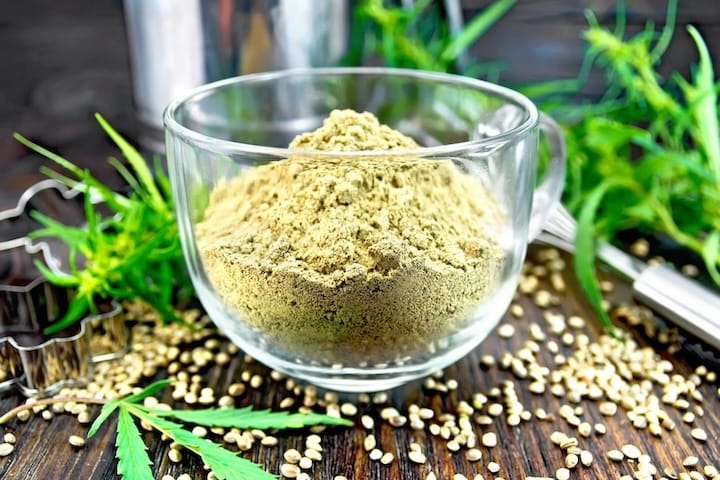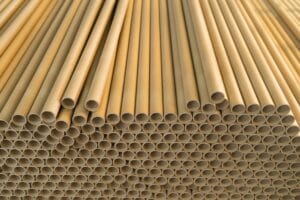Discover how hemp and hempcrete are revolutionising eco-friendly construction. These natural materials offer sustainability and durability for a healthier planet.
Hemp and hempcrete are rapidly gaining attention in the world of sustainable construction. With the growing demand for eco-friendly materials, these plant-based solutions offer an exciting alternative to traditional building materials. But what exactly makes hemp and hempcrete so special, and why should they be considered in modern construction?
Introduction to Hemp & Hempcrete
Hemp is a versatile plant that has been cultivated for thousands of years. Unlike its cousin marijuana, it contains minimal amounts of THC, making it non-psychoactive. Hemp can be used to produce everything from clothing to biofuel, but one of its most exciting applications today is in sustainable building materials.

Hempcrete is a bio-composite material made from the woody core of the hemp plant mixed with a lime-based binder. It is known for its lightweight, non-toxic, and insulating properties, making it ideal for creating energy-efficient homes. Unlike concrete, hempcrete is not a structural material on its own but acts as an excellent thermal and acoustic insulator when combined with a traditional frame.
Benefits
One of the most compelling reasons to consider hemp and hempcrete in construction is their environmental impact. Hemp is a rapidly renewable resource that requires minimal water and no pesticides to grow. It also sequesters large amounts of CO2 from the atmosphere, helping combat climate change. Additionally, hempcrete is carbon-negative. Hemp absorbs CO2 during its growth, and the lime binder in hempcrete continues to absorb CO2 throughout the structure’s lifetime.
Hempcrete offers excellent durability and resistance to pests, mold, and fire. Its breathable nature allows for moisture regulation, reducing the risk of damp and creating a healthier indoor environment. It’s also versatile, suitable for walls, insulation, floors, and roofs in both new builds and renovations.
Beyond environmental benefits, hempcrete contributes to healthier indoor air quality. Because it’s non-toxic and naturally resistant to mold, it’s a perfect choice for those with allergies or respiratory issues. Hempcrete homes also provide superior thermal comfort, meaning fewer temperature fluctuations and a more comfortable living environment year-round.
Challenges and Future potential
While hemp and hempcrete are gaining popularity, they still face challenges. The limited availability of hemp-based products and building codes that favor traditional materials can slow adoption. However, with growing interest in sustainable construction, the future looks promising for hempcrete
Hemp and hempcrete represent a sustainable solution for the building industry. Offering benefits like carbon sequestration, energy efficiency, and healthy living environments, these materials have the potential to transform the way we build homes and cities. With continued research and support, hempcrete could play a significant role in shaping a greener future.




